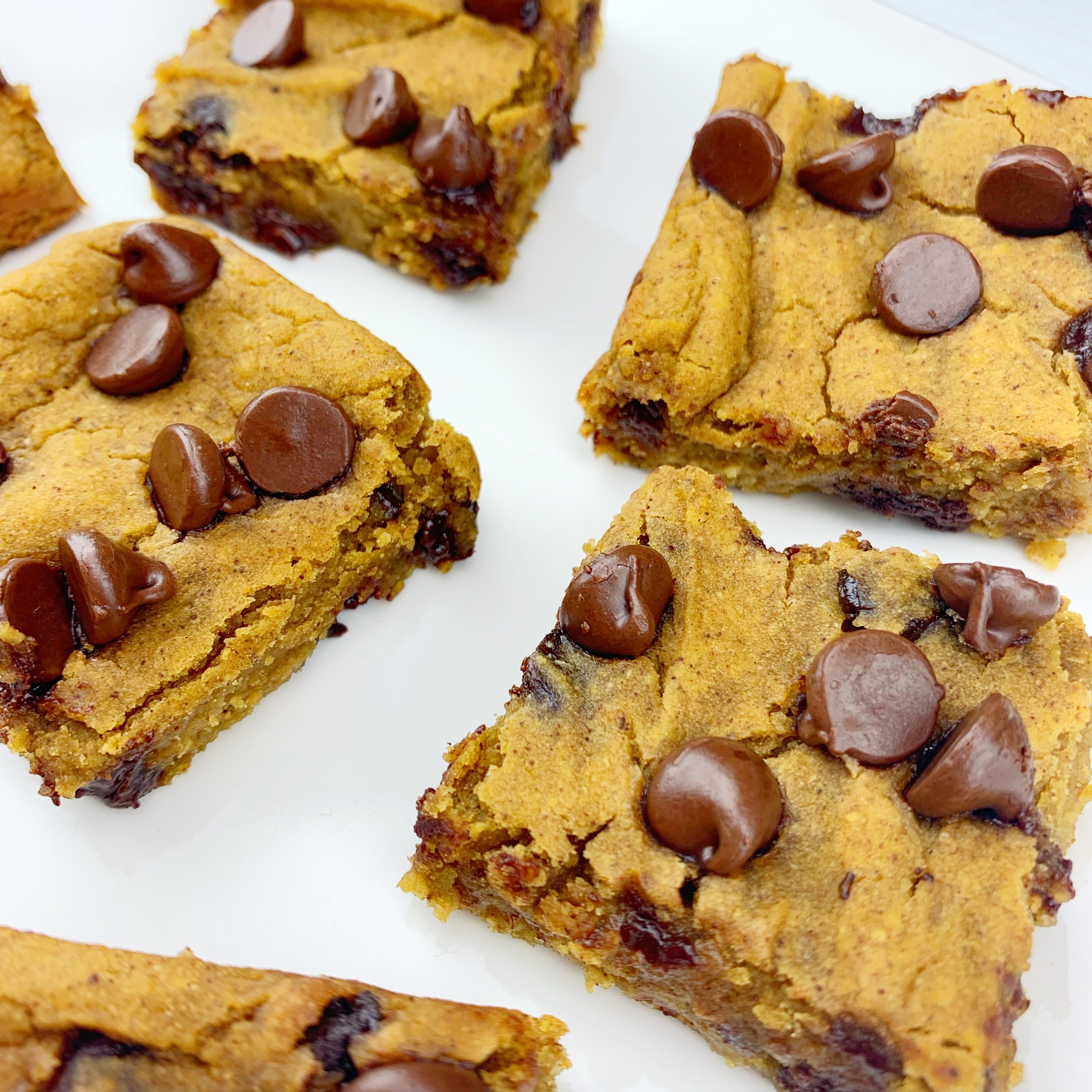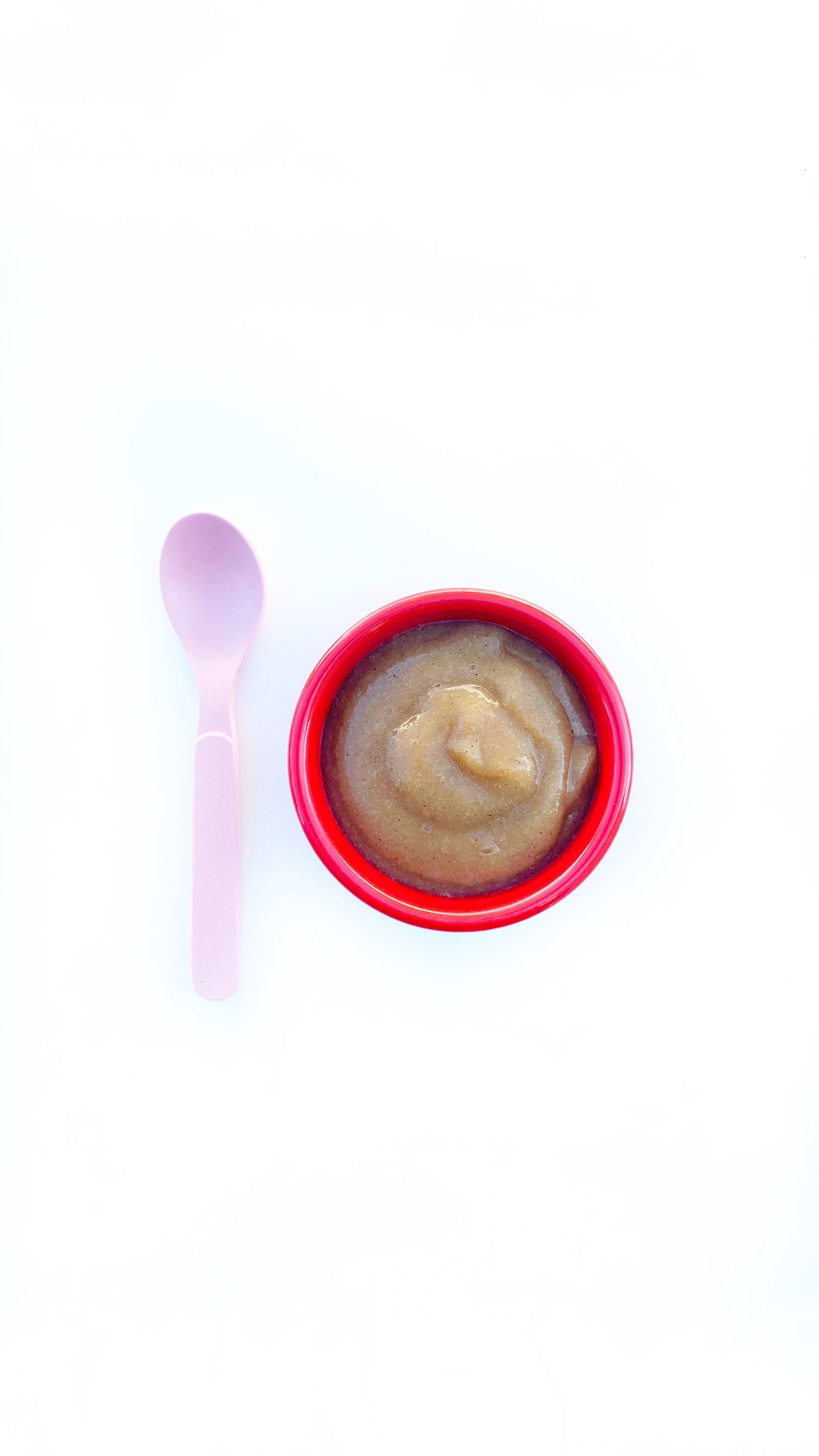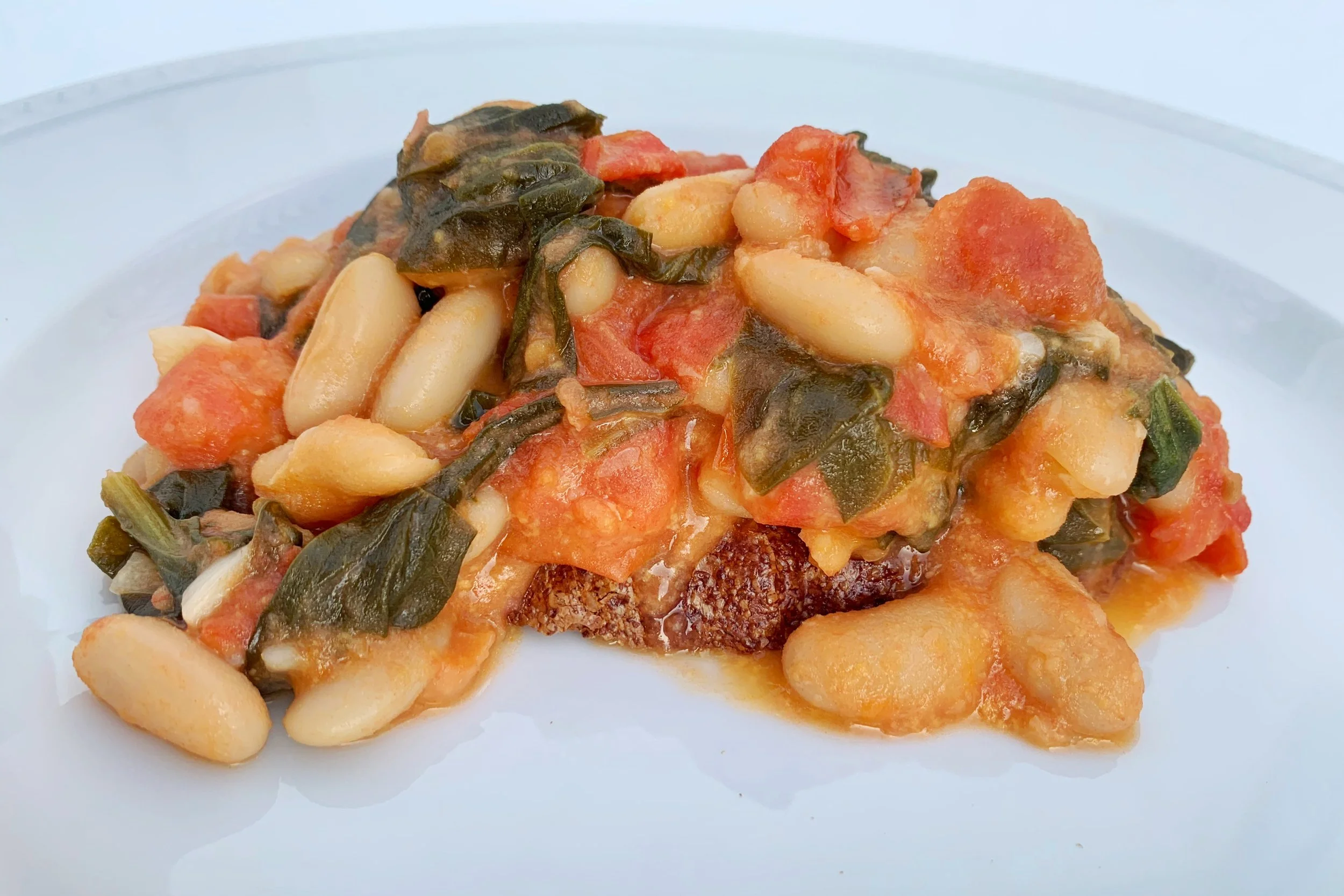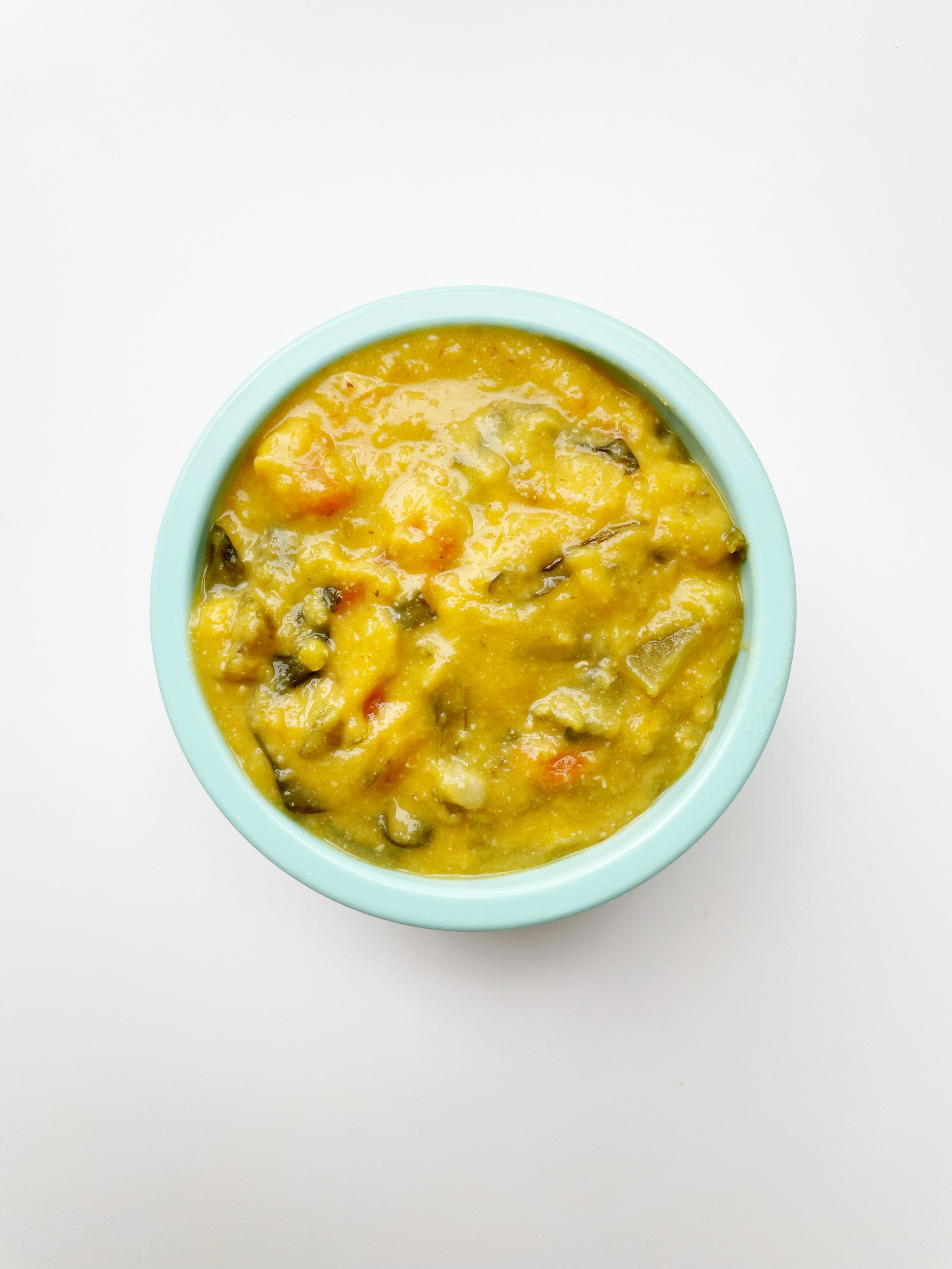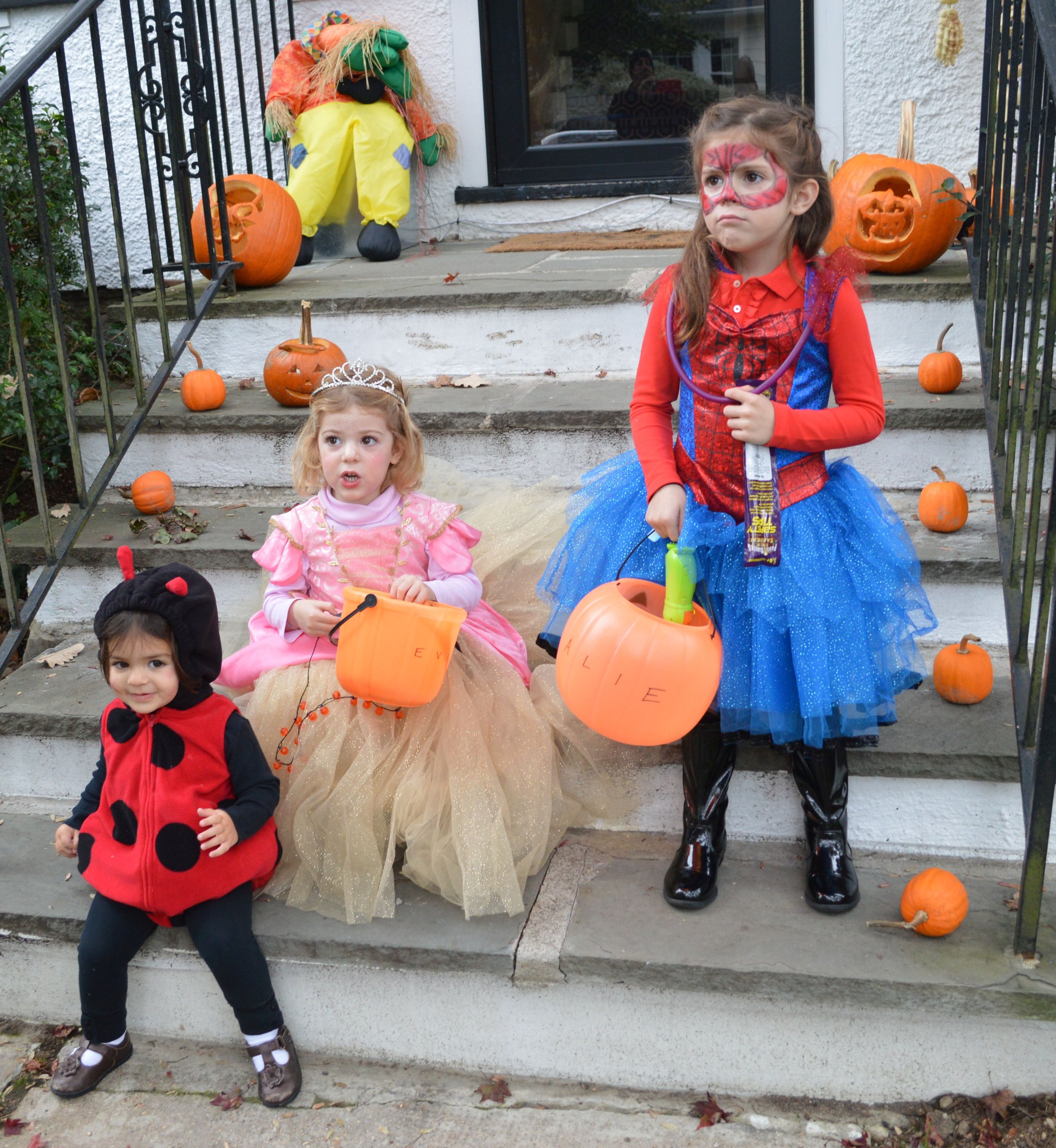How to Stress Less About Halloween Candy and Kids!
Keep reading for 8 ways to stress less around Halloween candy & kids…
The incoming deluge of Halloween candy is nearly upon us! If you have toddlers and preschoolers at home and Halloween usually finds you overwhelmed and stressing about how to handle all the candy before, during and after the big day, it can help to have a plan in place.
The truth is, the less we stress about sweets and attach any sort of morality to them, the less kids tend to fixate on them.
Candy isn't “bad,” “good,” or inherently anything other than a food - and around Halloween, a food that brings with it a whole host of memories of the great, yearly “sort and trade,” the fun of trick or treating, playing with other children, and the camaraderie of pretend play and dressing up.
One great way to handle Halloween candy is to find moments when you can enjoy some of your favorite Halloween candies together with your kids, make sweet memories, and connect on a social and emotional level.
As a pediatric dietitian and child feeding expert, I’m often asked about which candy options are “healthier” and if there are specific candies and treats to avoid.
When it comes to Halloween, the only candies to avoid are those that contain allergens to which your child is allergic, and those that are choking hazards if you have a child under the age of 4 (i.e., anything hard and round, caramels and taffies or other similar sticky pieces of candy, and candies with whole nuts).
Should you buy only “healthier” versions of halloween candies? If you and your kids enjoy them, then sure.
But if the taste of regular KitKats, Snickers and Twizzlers are preferred, then by all means, eat them! Choosing a “healthier” version of a candy for Halloween once a year is not going to move the needle toward improved overall health.
It IS helpful, however, to keep in mind our friends with food allergies (1 in 13 children). Consider having some non-food items on hand for trick-or-treaters and using a teal pumpkin to indicate that you have safe options (i.e., festive pencils or erasers) that are safe for kids with food allergies.
On to strategies for reducing Halloween candy overwhelm! Some work better for different families and you know your little ones best. Use what works for you and leave the rest. Here are 8 strategies to consider:
1.PRE-HALLOWEEN #1 - HEALTHY HALLOWEEN TREATS!
Throughout the month of October, incorporate holiday-themed, healthier snacks and treats. These help increase the festive factor of Halloween without excess sugar and reinforce the concept that there are lots of fun ways to celebrate a holiday. Here are some ideas:
Clementine and Celery Pumpkins
Raisin and grape spiders
Skull Skewers (blackberries, pumpkin bread cubes and cheese blocks)
Witch Fingers Grapes (have you seen this grape variety? SO cool!)
Roasted Pumpkin Seeds
2. PRE-HALLOWEEN #2 - DOUBLE DOWN ON FESTIVE ACTIVITIES AND NON-FOOD FUN!
Go apple picking
Decorate for Halloween
Create a “Haunted House”
Carve pumpkins
Halloween-themed crafts and art projects
3. THE NIGHT OF - SERVE A HEARTY, FAVORITE PRE-TRICK-OR-TREAT DINNER
Excess sugar on an empty stomach can lead to dips and spikes in blood sugar which can affect your kiddo’s mood and energy levels. Set your kiddo up for more trick-or-treating fun by planning an early Halloween dinner that you know he or she loves and will eat, despite all the excitement. Some of the dinners that have worked well for my girls on Halloween night include:
4. HALLOWEEN NIGHT - LET IT GO!
Halloween only comes once a year. If you’ve fed your kids a solid dinner, you’re already way ahead of the game! It’s really ok to allow them to eat as much candy as they want during trick-or-treating and in the day or so afterwards.
They might surprise you and eat less than you would have thought. But if they do eat a lot of candy, it’s ok. They need to learn how to handle candy as they move through life, and moments like these create valuable opportunities for them to experience how overeating sweets makes them feel.
This is an important part of learning to self-regulate in the long term and it can also be a very helpful way to reduce your own stress when trying to navigate family parties, gatherings and other events throughout the year when sweets and treats are absolutely everywhere. Win-win!
Enjoy some candy together and if the moment feels right, you can always look for the teachable moments in these opportunities to talk to your kids about how they feel physically in response to what they ate, so they can start making connections for themselves between an amount of candy (and any other foods) they eat and how they feel.
5. DONATE
Enjoy the DUMP & SORT together! Inspecting their loot, sorting all the candy, and trading for their favorites is more than half the fun, and it offers so many opportunities to connect.
I like letting them divide their candy into a “keep” pile and a “donate” pile. Here are some ways to donate excess candy:
Halloween Candy Buy-Back with your local pediatric dentist. Over 3000 dentists nationwide will give your child $1 for every pound donated!
Send it overseas as a care package for our troops via Operation Shoebox or Operation Gratitude
I sometimes used to recommend the “Switch Witch,” which is where kids leave out their candy the night after Halloween and the “Switch Witch” comes and takes it away, leaving in exchange something fun and non-food related like games, craft supplies, small toys, etc. Candy can then be donated as you like.
Although I’ve never used this option myself, I think it can be helpful for some families if not all the candy is switched away and if kids are in control of how much/which types of candy is kept.
My concern is that for a child, it attaches meaning (and possibly moral value) to candy (i.e., if candy should be traded away in exchange for toys, it must be much more special than other foods that don’t have a Switch Witch), so I don’t generally recommend it.
6. REPURPOSE (THIS ONE'S MY PERSONAL FAVORITE!)⠀
Turn the chocolate bars into a FRUIT EXPOSURE!
Chop up some fruit, grab some food picks, melt down the extra chocolate and let your kids go to town, dipping the fruit in the chocolate. Perhaps this will be the fruit exposure that turns a kiddo who refuses fruit into a lover of pineapples, bananas, strawberries and raspberries.
OR if you are hosting an upcoming birthday party, buy an empty pinata and fill it with the extra candy!
7. SERVE IT
Once the Halloween hoopla has died down, serve a couple of pieces of candy WITH the lunch or dinner meal to help neutralize the focus on sweets. Some families serve dessert every day (we do in my home) and for others it works better to serve dessert less frequently.
No matter how often, when sweets are served along with a meal, kids can choose to eat it first, last or any time they choose.
This helps offset any fixation on sweets and treats and removes the powerful, not-helpful message that dessert is a “reward” only to be earned by eating the “less desirable, healthy” foods served at the meal.
It also counteracts feelings of deprivation, removes the potential for food battles over requiring your kids to eat X, Y or Z before they can get dessert, and within a couple of weeks usually leads to a much more balanced attitude toward fun foods – they just become another pleasurable aspect of meals, not the focus of the day.
Should you restrict the amount of candy they eat?
In general, no - follow Ellyn Satter’s Division of Responsibility: as the caregiver, you decide what (including candy)/when/where meals are served and allow kids to decide whether and how much to eat (unless there is a limited amount of a specific candy and therefore not enough for everyone to have some if one person takes extra).
8. KEEP IT GENERALLY OUT OF SIGHT
What inevitably happens in my house every year is that each of my daughters stores her “keep” candy in a bag or bin in one of our kitchen cabinets (keeping it out of plain sight helps keep it out of mind).
For a few days, they are excited to eat some each day. After a few days, they usually forget about it. By the time Easter rolls around, I end up finding it in the cabinet and toss it.
For more tips on feeding kids, grab my FREE guide to reducing picky eating, and if you are looking for help navigating picky eating behaviors in your toddlers, preschoolers and school age kiddos, check out my pediatrician-endorsed online course, Solve Picky Eating, a self-paced set of 12 modules that are delivered quickly in 5-15 minute videos.
What other ways work for you to deal with the Halloween candy deluge? I'd love to hear in the comments below...
Happy Halloween to your little goblins and ghouls!




